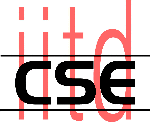An union CSG object C (where C = A union B) will contain all the points which belong to A OR B. A sample union specification is shown below -

|
| Figure 7 |
union
{
object
{
surface { ... }
sphere { ... }
transform
}
object
{
surface { ... }
cylinder { ... }
transform
}
}
code is also shown. Some examples of CSG union are shown below -
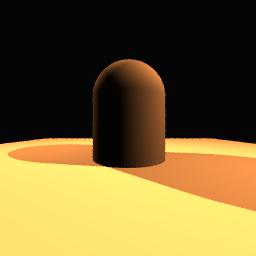
|
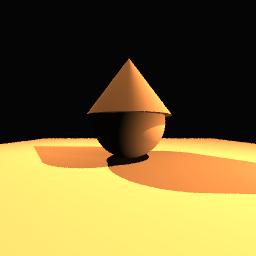
|
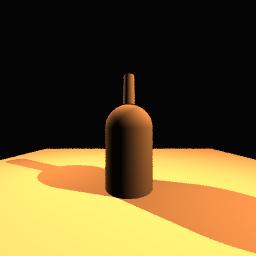
|
| Sphere & Cylinder | Sphere & Cone | Cylinder & (Sphere & Cylinder) |
An intersection CSG object C (where C = A intersection B) will contain all the points which belong to A AND B. Intersection is specified exactly
in the same manner as an union and the tree formed is also similar. Some examples of CSG intersection are shown below -
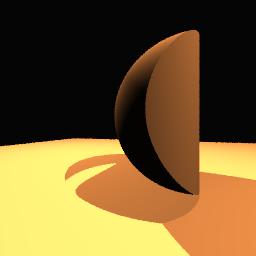
|
| Sphere & Cylinder |
A Difference CSG object C (where C = A difference B) will contain all the points which belong to A AND (NOT B). Difference is specified exactly
in the same manner as an union and the tree formed is also similar. Some examples of CSG difference are shown below -
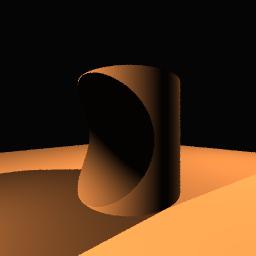
|
| Sphere & Cylinder |
 AT cse.iitd.ac.in
AT cse.iitd.ac.in
